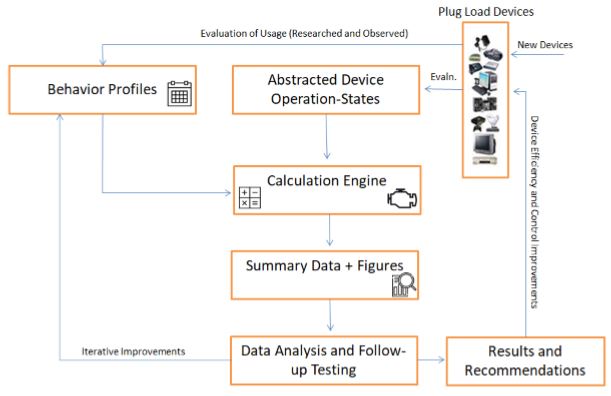Project Info
COMPLETE
 Project Title
Project Title
 Project Title
Project Title
Advancing Plug Load Efficiency with Behavioral- Focused Usage Evaluation
Project Number ET17SCE1190 Organization SCE End-use Plug Loads and Appliances Sector Residential Project Year(s) 2017 - 2019Description
The first phase of the SIM Home project discussed the potential effects of variations in user behavior on estimates of energy consumption for plug load devices. Three types of variations were explored: (1) the duration or number of times per day the device is used, (2) the frequency or periodicity of that use (e.g., five hours all at once, or in five separate sessions), and (3) use or disabling of power management features. The goal of this project is to further explore the range of behavioral device use tests proposed in the initial SIM Home final report. The main research question driving the testing would be how much each of the three aspects contributes to higher energy consumption, for each type of device tested.
Project Report Document
Loading PDF Preview...
